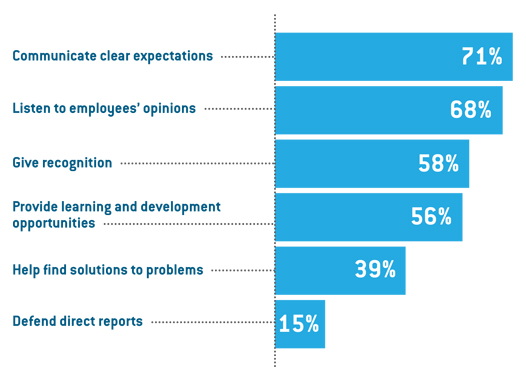Career Buzz Radio Explores CERIC Survey on Career Development
September 16, 2011Cannexus Preliminary Programme Now Online!
September 23, 2011By Shawn Bakker
Employee engagement is best described by its results. Engaged employees demonstrate higher levels of performance, commitment and loyalty. Disengaged employees do not. Given most organizations strong focus on performance, employee engagement has become a popular topic.
A recent Psychometrics Canada survey of Human Resources (HR) professionals indicates that engagement is problematic and important.
In December 2010 we surveyed 368 Canadian HR professionals. These individuals work in business, government, consulting, education and not for-profit organizations. As professionals with a great deal of familiarity with employees’ experiences at work, they provide a valuable perspective on workplace engagement.
The majority (69%) indicate that engagement is a problem in their organizations. Eighty-two percent said that it is very important that their organizations address employee engagement. In fact, less than half of one percent felt that engagement was not an important issue for their organization.
HR professionals listed many benefits of engaged employees: willingness to do more than expected (39%), higher productivity (27%), better working relationships (13%) and more satisfied customers (10%).
Disengaged employees also impact the output of their organizations.
The most common results of disengagement were dysfunctional work relationships (29%), lower productivity (25%) and an unwillingness to go beyond their job description (17%). Startlingly, disengaged employees do not quit in droves or fail to show up for work. Turnover at 8% and absences at 7% were among the lower rated results of disengagement. It appears that the disengaged do not leave their organizations; instead they stay and damage both productivity and relationships.
To increase engagement, HR professionals rated the following as the most effective methods: control over how a person does their work, opportunities to use their skills and good relationships with leadership.
Since engagement is driven by the work environment and processes, it can only be impacted by those with influence over them. These people are an organization’s leaders. The vast majority of our survey respondents (84%) indicate that senior leaders and managers are primarily responsible for employee engagement. Fair or not, it appears that it is not up to employees to engage themselves, but organizations to engage their employees.
When asked what leaders could do more of to improve engagement, respondents endorsed:
There are also significant benefits to be gained from training focusing on engagement. In organizations providing engagement training, the percent of engaged employees rises by more than 10%, and the number that see engagement as a problem drops by 20%.
Our survey indicates that engagement is seen as very important, and rightly so. Engaged employees show significant jumps in productivity and improved work relationships, while the disengaged are their mirror opposites – unproductive and uncooperative.
You can read the study in its entirety along with tips for improving employee engagement at www.psychometrics.com.
Shawn Bakker is a registered psychologist at Psychometrics Canada, a company involved in the application of psychology in work, careers and education.

